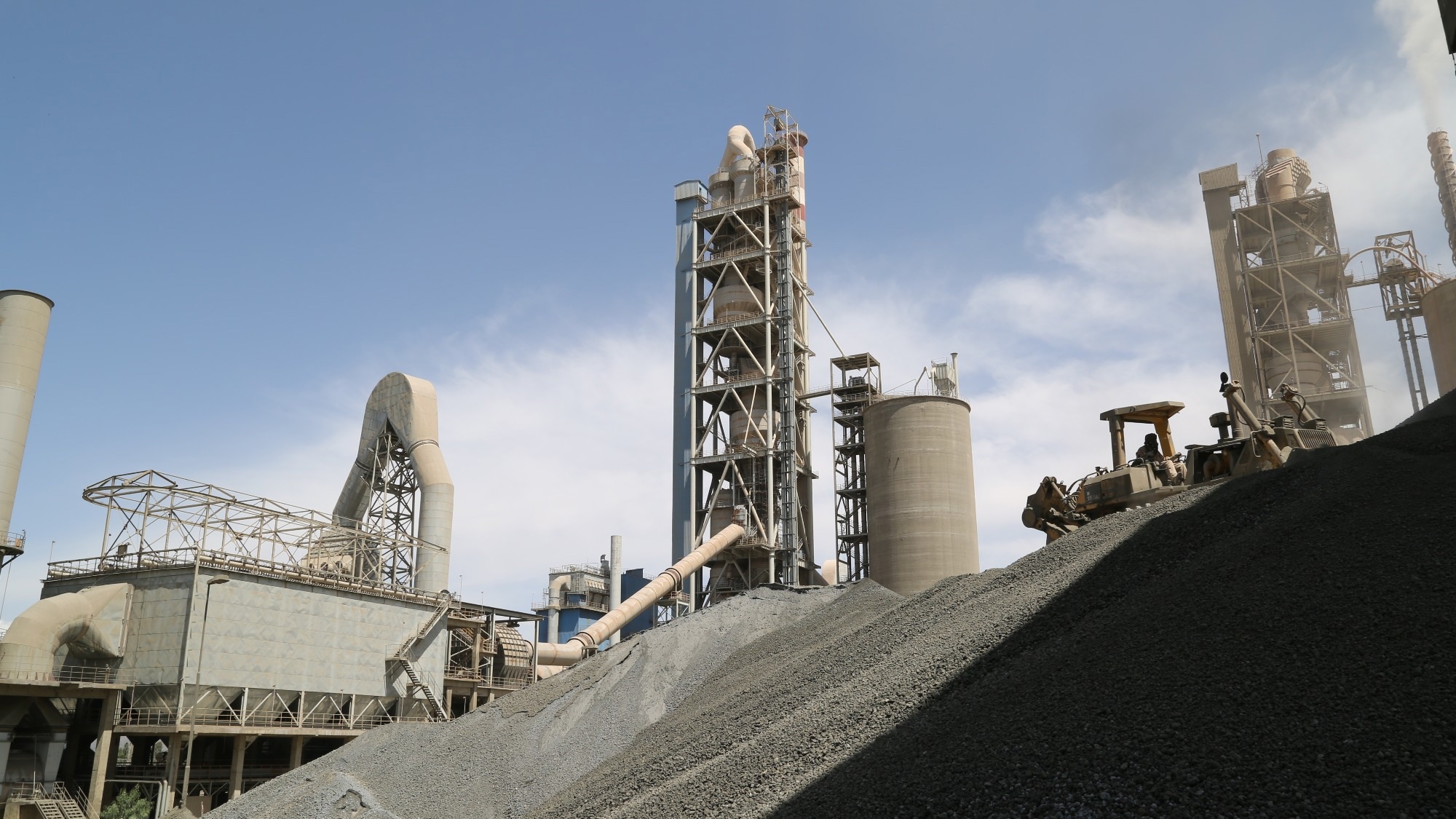The UK is making serious moves to modernize its infrastructure - and it’s doing so with the climate in mind. A recent review in npj Materials Sustainability digs into how the UK is embracing low-carbon solutions to decarbonize its cement industry, one of the country’s most emissions-heavy sectors.
 Study: Towards a net zero built environment: decarbonization of the UK cement industry. Image Credit: Tewodros Hailemichael/Shutterstock.com
Study: Towards a net zero built environment: decarbonization of the UK cement industry. Image Credit: Tewodros Hailemichael/Shutterstock.com
Think alternative binders, supplementary cementitious materials (SCMs), and carbon capture, utilization, and storage (CCUS) technologies. The review also lays out some smart recommendations for different players in the industry.
Why Cement Matters in the Carbon Conversation
Cement might not be the flashiest topic, but it’s central to the built environment - and a huge emitter of CO2. In the UK alone, the cement industry brings in about £1 billion annually. Since 1990, emissions from the sector have dropped by around 50 %, thanks to better energy efficiency, cleaner technologies, and, to some extent, reduced production.
What’s even more promising is that the UK was the first country to roll out a full roadmap for reaching net-zero emissions in cement and concrete by 2050.
This roadmap isn’t just a list of lofty goals; it’s backed by action. The industry is investing in low-carbon cements, using industrial by-products as SCMs, and exploring fuel alternatives and CCUS. These efforts are being supported by key government initiatives like the Net Zero Strategy: Build Back Greener and the UK Industrial Decarbonisation Strategy, which help create the policy and funding landscape needed for meaningful change.
Breaking Down the Decarbonization Path
Let’s talk numbers. According to the 2050 roadmap, cleaning up the UK’s electricity supply could cut cement industry emissions by about 4 %. That would require more renewable power, plus electrifying processes like heating and transport - ideally using low-carbon sources like wind, solar, nuclear, or newer tech like plasma or microwave energy.
Transport emissions could be cut by another 7 % by moving away from petrol and diesel. And it’s worth noting that about 16 % in emissions savings from fuel switching have already been achieved - nearly half of the sector’s fuel now comes from alternative sources, like waste-derived energy.
Now, when it comes to swapping materials, swapping out high-emission components like clinker for low-carbon alternatives can bring another 12 % reduction. But the biggest opportunity - accounting for roughly 61 % of potential reductions - lies inthe widespread adoption of CCUS technologies.
And there’s plenty of innovation happening on that front. A range of startups (some UK-based, others international) are developing novel ways to reduce cement’s environmental impact:
- TerraCO2 turns silicate-based rocks into SCMs with high reactivity.
- Sublime uses electrochemistry to extract calcium and silicate from limestone.
- Brimstone produces carbon-free cement from calcium silicate.
Not all of these companies are currently operating at scale in the UK, but the momentum is building.
What Needs to Happen Next?
The good news is that a lot of the needed technology is already here, or close. Many solutions are at Technology Readiness Levels (TRLs) 6–7, meaning they’re tested and ready to move beyond pilot stages. The review outlines specific action points for key stakeholders:
- Policy Makers: Develop economic incentives that reward low-carbon choices. Support pilot projects and reduce risk for early adopters of CCUS.
- Academics & Researchers: Focus on maximizing carbon capture in aggregates and industrial by-products. Use life cycle analysis to evaluate the full environmental, economic, and social picture of these new materials.
- Industry Leaders: Collaborate across the supply chain, share best practices, and push for transparency with third-party environmental product declarations to help clients make more climate-friendly choices.
And perhaps most importantly, these groups need to work together. Stronger partnerships between government, academia, and industry are essential for scaling up solutions that work.
Looking Ahead
Decarbonizing cement isn’t easy. But it’s necessary if we want to hit global climate goals. The UK is setting an impressive example, blending policy support with real-world innovation. That said, there’s still a long road ahead, especially when it comes to scaling new technologies and making them cost-effective.
Going forward, the focus needs to be on collaboration, smart investment, and squeezing every bit of emissions reduction possible from the entire production chain.
Cement might be just one piece of the climate puzzle, but it’s a big one. And what happens in the UK could offer valuable lessons for the rest of the world.
Journal Reference
Li, N. & Unluer, C. (2025). Towards a net zero built environment: decarbonisation of the UK cement industry. npj Materials Sustainability, 3(1). DOI: 10.1038/s44296-025-00052-0, https://www.nature.com/articles/s44296-025-00052-0
Disclaimer: The views expressed here are those of the author expressed in their private capacity and do not necessarily represent the views of AZoM.com Limited T/A AZoNetwork the owner and operator of this website. This disclaimer forms part of the Terms and conditions of use of this website.